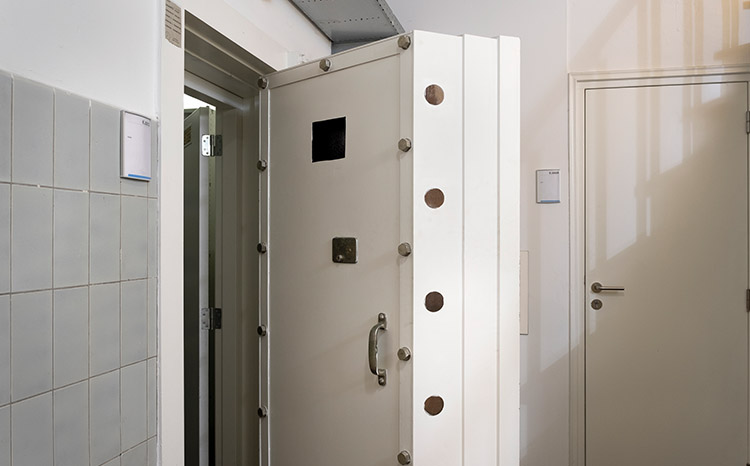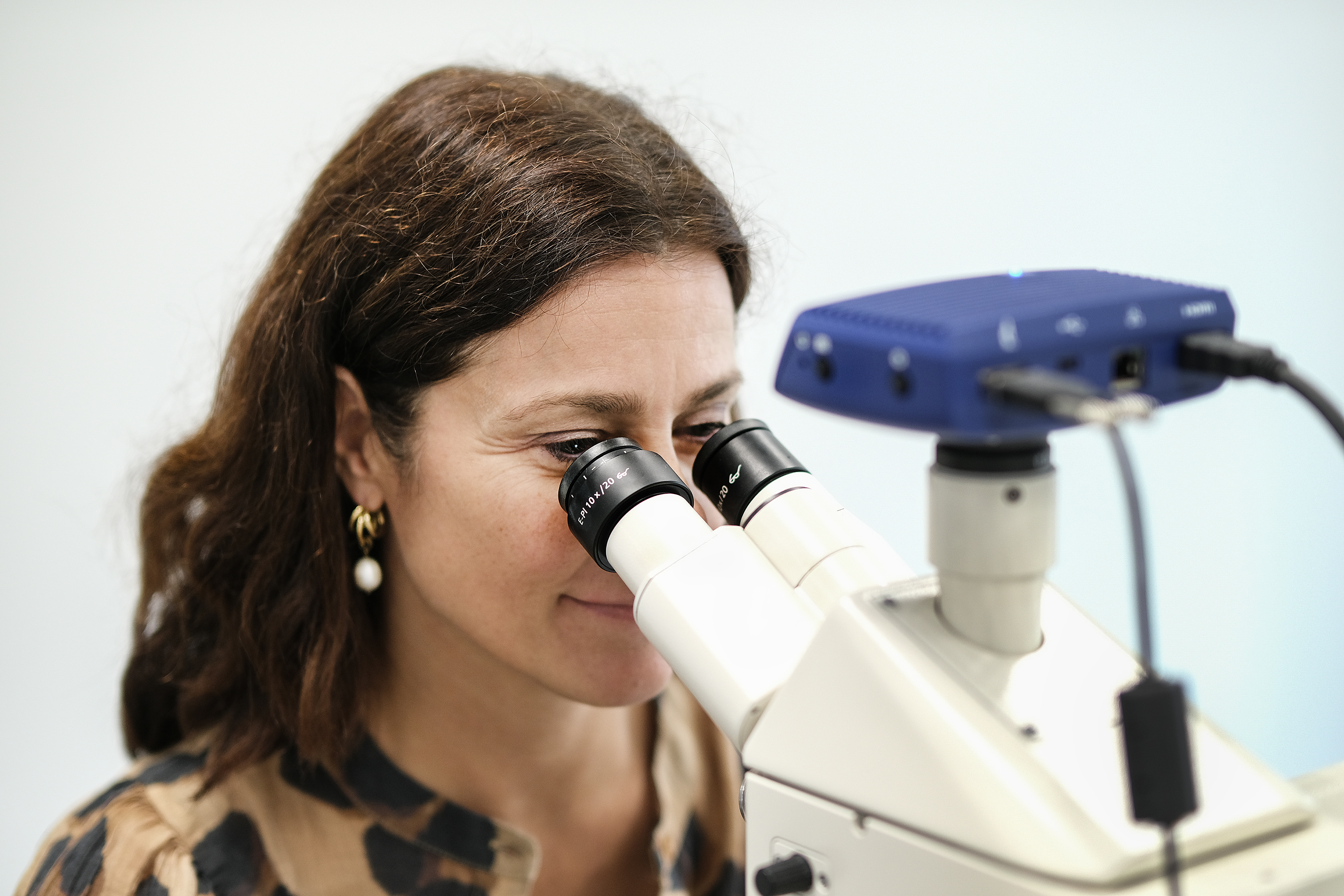Hidden gems: the safes at Tongersestraat 6
Maastricht University takes care of many distinctive buildings and art works that we all know. By giving them a new purpose, we preserve these icons and give them a new meaning, making them the vibrant heart of a bustling city.
Did you know that these buildings and art works also provide access to various special places and stories? Let yourself be surprised and join us in this series exploring the hidden gems of the university and the city of Maastricht.
The Tongersestraat is a street in the centre of Maastricht. From the late Middle Ages until the French Revolution, the street was one of the most prominent in the city. The roughly 350-metre-long street boasts 54 national heritage sites, including the house formerly belonging to the garrison’s commandant (the Commandant’s house) at number 6. Currently, Maastricht University’s Finance department is housed here, but there is a whole history behind it…
In 1725, the city council merged four existing houses on the Tongersestraat to form the Commandant’s house. The Commandant held the highest military position in the fortified city. A plaque at the building’s entrance commemorates this. A carriage gate was added on the right-hand side of the property, so that the residents and their visitors could enter the home dry with their carriage and horse under shelter. When entering via this large gate, the original pavements can still be seen on both sides.
Text continues below the photo.
More information?
Do you have any questions, would you like to know more or do you want to take a look yourself? Please send an e-mail to: webred-um@maastrichtuniversity.nl

In 1829, the residence was put to use as an individual home. As from 1956, it belonged to Kredietbank Nederland, until UM purchased the property in 1986. In 2011, the university renovated the property. In the renovation, all sorts of modern, sustainable technology was added, resulting in Tongersestraat 6 being the most sustainable building at UM for years. For example, the herring in water in the plaster of the walls actually heat the building. Woe to anyone who dares to hammer a nail into the wall!
But UM also respects the history of the building. For instance, in the beautifully planted garden, a plinth with a cast-iron cannon ball can be seen. The cannon ball landed in the garden during a siege in 1793, but it did not explode. The cannon ball was removed from the property for many years, but returned to the garden as a gift in 2019. In addition, the safes belonging to the previous owner, Kredietbank Nederland, can still be found in the basement. They are currently used by the Finance department to store paper archive material for the university. See the photos accompanying this article.
(Note: Tapijn 11 has since become the most sustainable building at UM. It has even been awarded the WELL Building Certificate.)
Text: Gido Boere and Evert van Zoeren
Photography: Joris Hilterman
Maastricht University is proud to be the most international university in the Netherlands. We are grateful for the richness and diversity provided by our international staff, students and study programmes—and the ensuing endless supply of inspiring stories. This is one of those stories.
#FromTheRegionForTheRegion.
Do you want to read, watch and listen to more stories? Visit our campaign page.
Also read
-
Living in Sittard and studying in Maastricht, Eindhoven or even Tilburg or Leiden. A few years ago, this was hard to imagine, but nowadays it is increasingly common. Sometimes out of necessity, but often also as a conscious choice. The rise of more creative places to live outside the traditional...
-
A study conducted by the Easo led by Prof. Gijs Goossens of Maastricht UMC+ and Dr. Luca Busetto published today in Nature Medicine.
-
Vascular biologist Judith Sluimer was appointed professor of cardiovascular pathophysiology in October 2020. In her inaugural lecture, she alluded both to the importance of oxygen in the functioning of the heart and blood vessels as well as to the ‘fresh air’ she believes academia is always in need...

